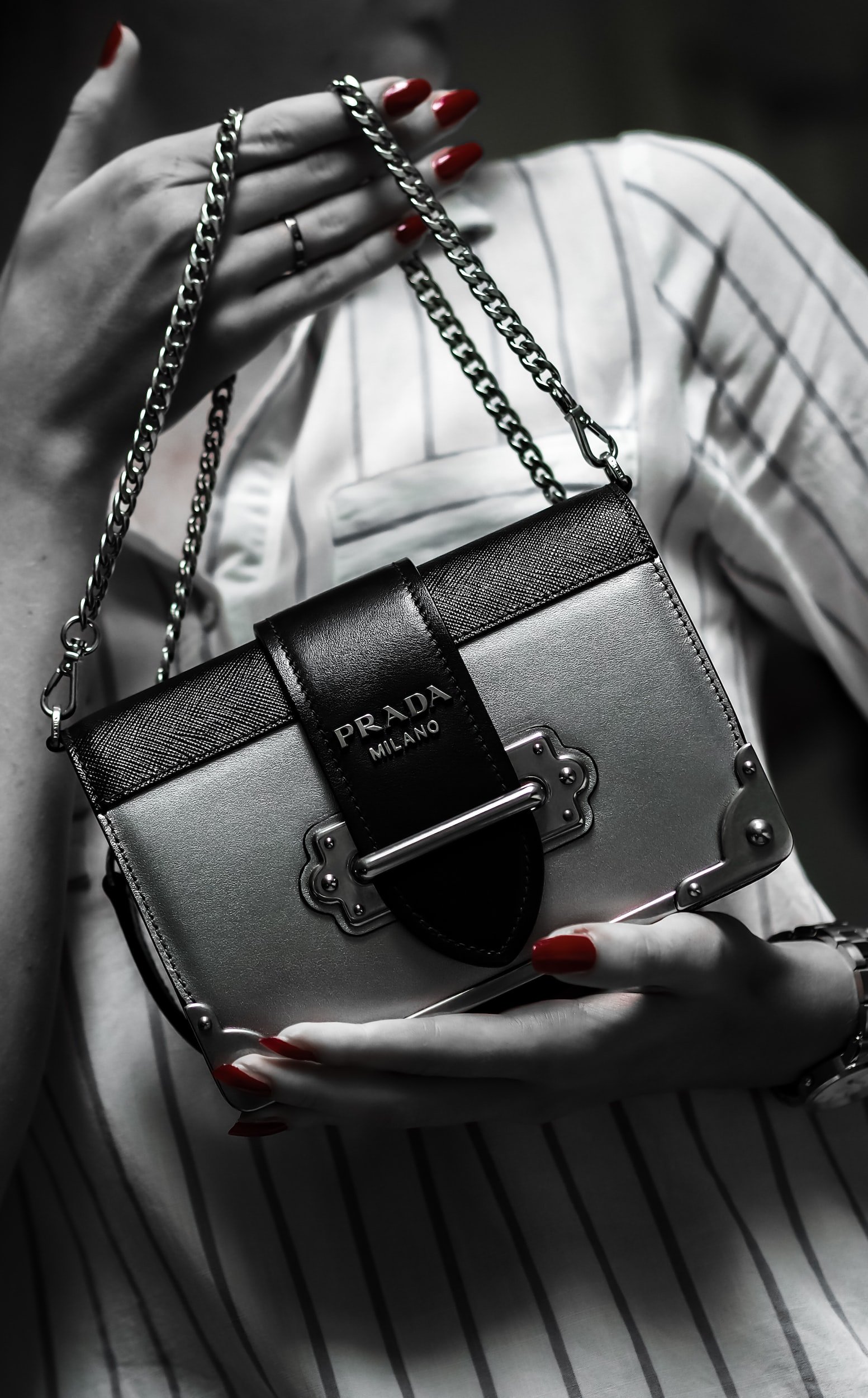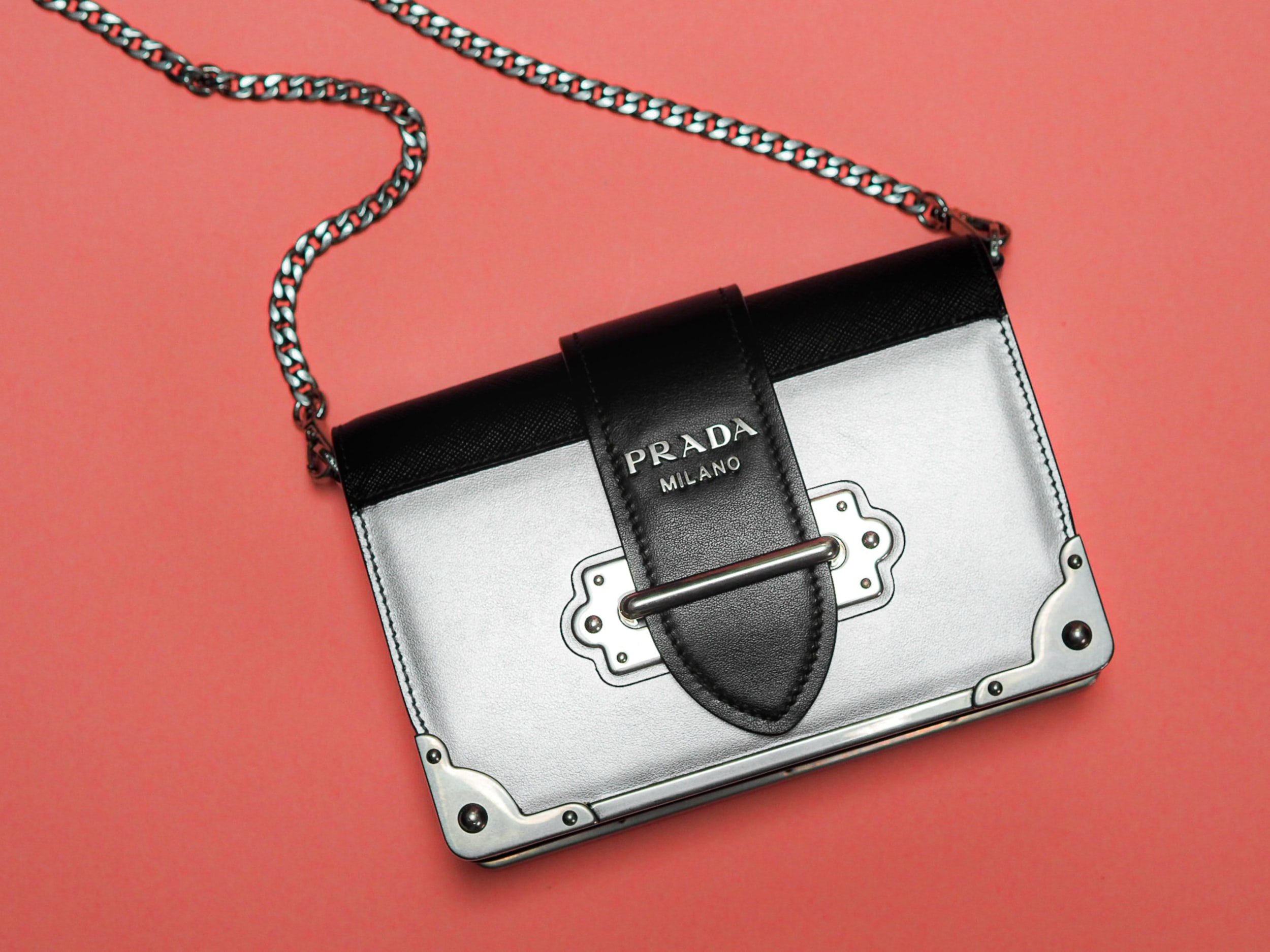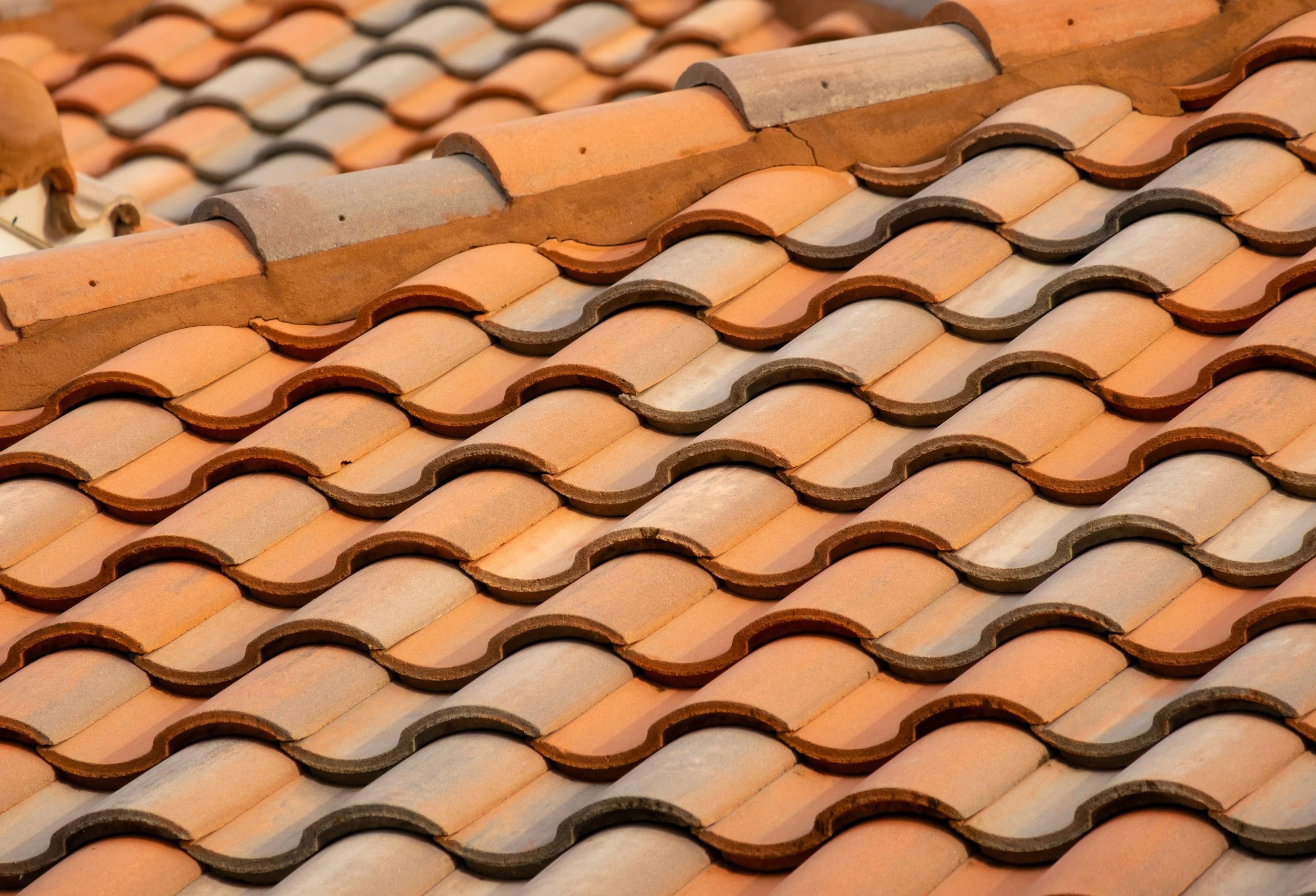What Makes Prada, Prada: Sieme and ZeroLab Get Together with the Italian Luxury Leather to Support "Made In Italy"
PAGE
The head designer of Dior’s womenswear Maria Grazia Chiuri keeps emphasizing there is no fashion without its people, namely the artisans and artists often hidden behind the glamorous names of luxury fashion houses. It is, by no means, a coincidence that the head designer of Dior is Italian because this country has one of the strongest artisanal traditions in the world (think about Ferrari, Prada, Pomellato, Lavazza).
It is enough to hear names such as Prada, Gucci, and Max Mara, and we are immediately transported to not only the world of beautifully made and designed fashion objects, but also fame, luxurious lifestyle, and status symbolism.
However, less is known that some of these houses started as manufacturers of utility fashion, for example creating functional and sturdy suitcases and other travel equipment. Thus, at their core is artisanal work, experimentation, and focus on durability and quality.
So I set to explore what IS in a name of an Italian luxury house. What and who makes the Italian luxury fashion so desirable and unique? The quest to investigate this question led me to Florence, Italy, where I meet an American designer Cassandra Kane whose passion for circularity and Italian artisanal work has a potential of revolutionizing the handling of excess leather in the Italian luxury fashion sector.
LUXURY MANUFACTURE IS NOT GLAMOROUS
It was a week before Milano Fashion Week 2022. I took a train from Milano, the fashion business center of Italy, to the leather center of Italy, Florence. It is in Florence and its surroundings where some of the major Italian luxury fashion brands, such as Prada, Moschino, Alberta Ferretti, and the Max Mara group have their leather accessories manufactured.
Cassandra is my fashion guide for the day. It is the passion for craftsmanship that led this New Yorker to the very heart of fashion artisanship in Florence. There, she continued developing as a designer, networking with the Italian fashion artisans. "You will see, there's nothing glamorous about these manufacturing facilities", she says, as we approach Giuni's wallet factory located just above a car mechanic's garage. The factory's team, situated in one large room overlooking a car park, was busy sewing wallets for the upcoming Alberta Ferretti's show at Milano Fashion Week. The factory manager showed us some of their signature work, such as impressively made wallets in the shape of a rock-studded leather jacket they did for Moschino (and which I saw advertised in the Italian Vogue, March 2022 issue, featuring Gigi Hadid).
What struck me the most about these factories was the division of work and meticulous attention to detail; each artisan is a sole expert on a different little piece of leather accessory. For example, in a factory that weaves leather bags for Cassandra's brand "Sieme", Mrs. Simona Innocenti has been exclusively requested by the brands for years to do little specialized work on all their leather accessories pieces.
Thus, it comes as no surprise that these highly specialized workers are the real gems for the luxury giants, but the tradition of their work, due to the longevity of establishing oneself as a specialist in luxury manufacture is dying out because there is a lack of commitment among the young skilled workers to continue down the same career path.
But if these job traditions discontinue, aren’t we going to lose what quintessentially makes Prada Prada? In other words, if it is not for the design and the skill that translates the design into a luxury fashion piece, what WILL count as a luxury product? In that case, what will happen to “Made In Italy” that luxury consumers appreciate?
From the artisans in a factory, we go and visit artisans in their shops with products they make for their own brand lines. Across Ponte Vecchio, and through the narrow streets of Florence, Cassandra leads me through a massive medieval wooden door, up the steep set of staircases just to meet a granddaughter of a jeweler Massai Orafo. The style they promote (among others) is the Florentina style (made world-wide famous by Pomellato). Yet, another stop, as we move through the florentine streets was a shoe shop founded by Stefano Beamer, where Daniel Day-Lewis was once an apprentice, mesmerized, just as I was, by the craftmanship one can witness from the entrance to the shop, to the shoebox, and, finally, to the shoes.
"I want to help preserve the work of Tuscan artisans", Cassandra added. "When I first arrived at Tuscany, I was struck by the creativity and design ingenuity of the artisans who are the backbone of luxury giants, and yet their work remains largely hidden".
The current state of affairs in Tuscany, is, on the one hand, the lack of interest among the young to pursue fashion artisanship as a career (coupled with the lack of vocational schools that provide such training), and, on the other, not properly regulated disposal of leather excess in Italy. Cassandra saw this situation as an opportunity to apply her expertise in the industry and her passion for sustainability in order to contribute to restoring the artisanal community of Tuscany.
SIEME AND ZEROLAB BRING CIRCULARITY INTO TUSCAN LUXURY LEATHER ACCESSORIES PRODUCTION
From the environmental point of view, one of the challenges that Cassandra witnessed was the unsustainable way the leather excess is handled in Tuscany.
“20-40% of the accessories production leather goes to waste. This translates to 250 tons of leather waste generated every year in Tuscany alone", reports Cassandra.
"Additionally, there are some outdated laws in Italy which force factories to pay for disposal of excess leather that legally falls into the same category as other hazardous materials, such as batteries, electronics, and chemicals."
To propose an alternative solution to leather waste disposal, together with Gabriele Rorandelli, the founder of Zerow, and Simona Innocenti, the founder of AS.P.R.I, an Italian non-profit association that promotes circularity and artisanship in the leather sector, Cassandra founded ZeroLab, the first leather recycling center in Italy. It is not only a place where high-quality excess leather sheets can be bought at an affordable price, but it is also envisaged as a training/networking center for industry professionals, emergent designers, and the wider public interested in sustainability issues.
However, Cassandra personally went a step further and started her own leather accessories brand “Sieme”.
"Sieme" comes from the Italian word "insieme" which means "together". From the materials to the makers, to our environment, we must all coexist insieme", says Cassandra.
Symbolically, one can see “togetherness “represented in the main design detail on the bags which is woven leather, the pieces of which are coming from the leather excess collected at ZeroLab. Since no woven leather panel is ever the same, neither is the “Sieme” bag, rendering each woven panel and, consequently, each bag, unrepeatable.
Whether it is for the beach day or an evening night out, each bag is wearable for many different occasions throughout the day. Apart from the design, by purchasing a Sieme bag you invest in Italian luxury fashion artisans in Tuscany, and you get a piece of the luxury that goes into Prada or MaxMara weaved into your bag as well.
So what is in a name of Prada? I ask myself following this little Tuscan excursion. The name is the people who prepare the materials, and who make the product as well as the people who design it. It is the symbiosis of centuries-long tradition, art, culture, and sustainability-minded designers like Cassandra. Understanding how this work gets incorporated into a product is the true meaning of luxury.
For more information about "Sieme" and ZeroLab, click here and here.
HOW DO YOU FEEL ABOUT FASHION?
COMMENT OR TAKE OUR PAGE READER SURVEY
Featured











Topicals makes its first-ever collaboration debut with Billionaire Boys Club, reimagining its cult-favorite, Sephora No. 1 Faded Under Eye Masks in a limited-edition space-blue design that merges streetwear culture, community, and clinically backed skincare.